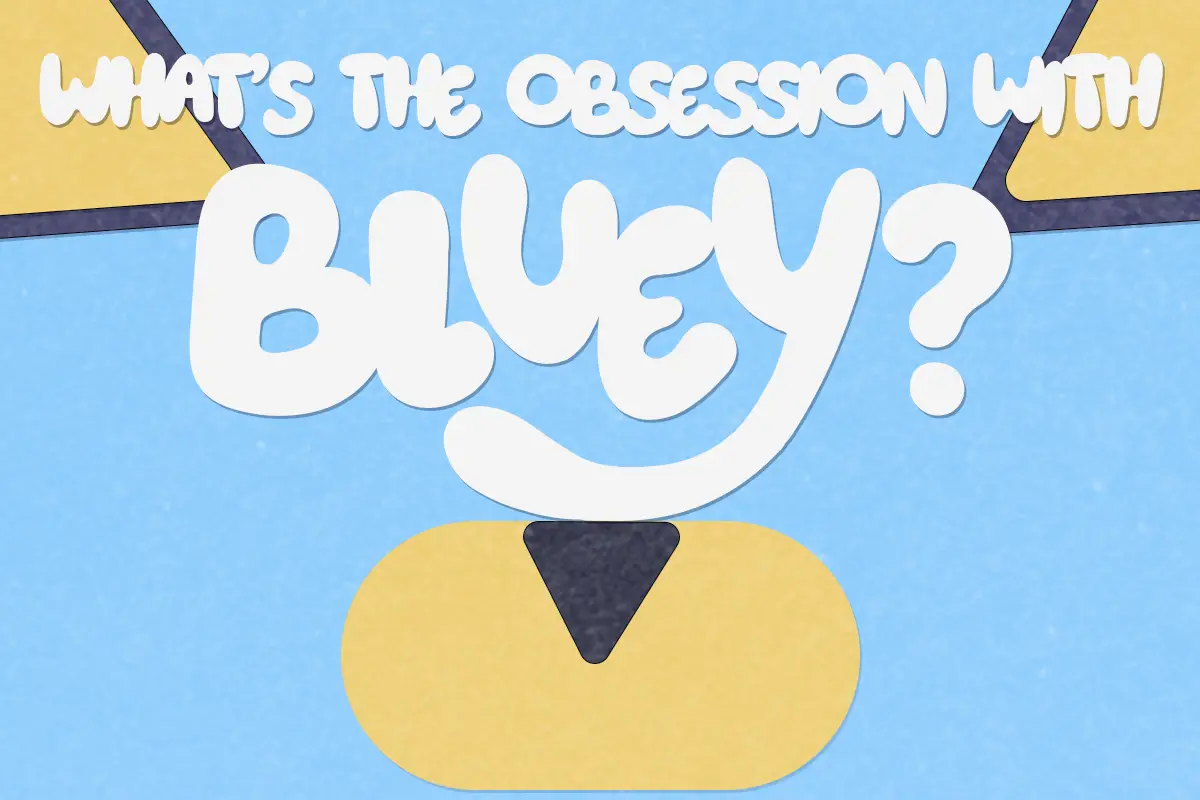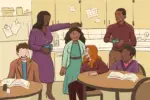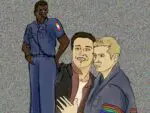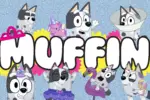Why is there such an obsession with “Bluey”?
“Bluey,” an Australian children’s show streaming on Disney+ in North America, has become somewhat of a cultural phenomenon worldwide. There has been a wide-ranged obsession with the Heeler family and their shenanigans from people young and old.
[embedyt] https://www.youtube.com/watch?v=xzbfPOs-Gys[/embedyt]
People have even taken to posting TikToks of their beloved pets sitting and watching the show. Everywhere you look, there seems to be some form of “Bluey” merchandise, from adult t-shirts to children’s toys to Etsy shops with car shades reading “Nice parking spot, Rita.”
Since “Bluey” is most definitely designed for children, why is there such a deep-rooted obsession with the show by all who watch it?
For myself, I find that “Bluey” recalls memories from my childhood with my older sister, so maybe others have similar experiences. However, it may be more than the relational bonds between siblings. Other children’s shows, such as “Blue’s Clues”, “Paw Patrol”, or “Wild Kratts” haven’t reached quite the same level of widespread popularity as “Bluey”.
So, what makes “Bluey” different?
Bluey Heeler is a six-year-old blue heeler puppy who is constantly on different adventures with her younger sister, Bingo, and her parents, Bandit and Chilli. While the show has a pretty heavy focus on Bluey and her childhood misadventures, a lot of Bandit and Chilli’s lives and parenting styles are also showcased.
Themes for Adults, Too
If you’re anything like me and wind up on the “Bluey” side of TikTok, there’s an overwhelming number of theories and discussion points revolving around Bandit and Chilli. Specifically, some life events we see them go through. In the background of Bluey and Bingo’s playful endeavors, there’s allusions to miscarriage, discussions of infertility, postpartum depression, hangovers, and many other adult topics.
[embedyt]
[/embedyt]
The subtleties of adult topics bring a different dimension to an otherwise innocent children’s show. “Bluey” does a marvelous job of showing these real-life problems but in an easy to understand and relatable sort of way. The lighthearted nature of “Bluey” allows these heavy topics to be handled in a delicate way that reaches many people, including children.
“Early Baby” (Season 1, Episode 40) is a good example of this. Indy, one of Bluey’s friends, pretends to have an early baby, and the episode heavily implies that either Indy was an early baby or her sister was. It’s a uniquely clever way to explain big life problems to a young audience, introducing them to the complications of life and how to handle them.
Is it the adult topics that draw people to Bluey? The relatability of real-life events being shown?
Or, could it be the level of inclusivity we see within the show?
Inclusivity
For example, in the episode “Turtleboy” (Season 3, Episode 30), a deaf character uses sign-language. In another episode, “Seesaw” (Season 2, Episode 28), a character named Pom Pom who is an incredibly small Pomeranian feels left out from the other children. There are also other episodes that show a boy with ADHD, another boy with a military dad, and a girl with dietary restrictions. There are even several instances of childhood hospitalization.
[embedyt] https://www.youtube.com/watch?v=p7rE5tTNUiE&pp=ygUQdHVydGxlIGJveSBibHVleQ%3D%3D [/embedyt]
Overall, there’s so much representation in “Bluey”, especially for children who may not otherwise get that representation. As someone who has been a nanny for many years, I have watched my fair share of kids cartoons, and not one of them has compared to the level of inclusivity that show creator Joe Brumm has shown in “Bluey”.
Muffin
Of course, on top of the inclusivity, there are many loveable characters, one being Muffin, Bluey’s cousin. She’s a wildcard of a puppy who has some of the most iconic moments of the show. There’s currently a clip circulating around TikTok from “Pizza Girls” (Season 3, Episode 19) that shows Muffin with her new motorized car driving around with Bluey and Bingo. Over this clip, someone has edited the song “Tokyo Drift” by Teriyaki Boyz. It’s quite a humorous video, and it describes Muffin perfectly.
There are many other characters with this level of likeableness, such as Bandit’s brothers, Stripe and Radley Heeler. My personal favorite is the ever obnoxious Unicorse, a puppet that Bandit controls to teach his children lessons.
[embedyt] https://www.youtube.com/watch?v=2pxAPOlKivA&pp=ygUOYmx1ZXkgZXBpc2RvZXM%3D [/embedyt]
Sidenote: TikTok is a great place to spend your time, if you have a “Bluey” obsession. You can find funny edits, cute merchandise, clips from the show, unseen episodes, and even rock covers of the theme song.
Aesthetic
The aesthetic of “Bluey” is also incredibly appealing to the eye. Soft, vibrant colors are the makeup of the show, leaning into shades on the spectrums of blue and orange. The softness and complimentary style of the colors could be part of the reason people find the show so appealing. The muted brightness and gentle contrasts in the colors create a visibly attractive sight, aided by the softness of the animation style.
Conversely, maybe a large part of “Bluey”’s appeal is simply the Australian accents. Not to be stereotypical, but us Americans tend to fall in love with foreign accents.
Or maybe there’s lots of reasons to enjoy the show, and just one reason doesn’t need to be picked. Obsessions rotate in and out, and others linger and stay. Hopefully, “Bluey” is one that stays, seeing as it’s an incredibly wholesome obsession to have.
“Bluey” is arguably one of the best, most well thought out children’s shows to date. It doesn’t matter if you enjoy the adult discussions, the inclusivity, the appealing aesthetic, or even just the theme song, it’s one of the best children’s shows there is. And I suggest everyone give it a chance.

















